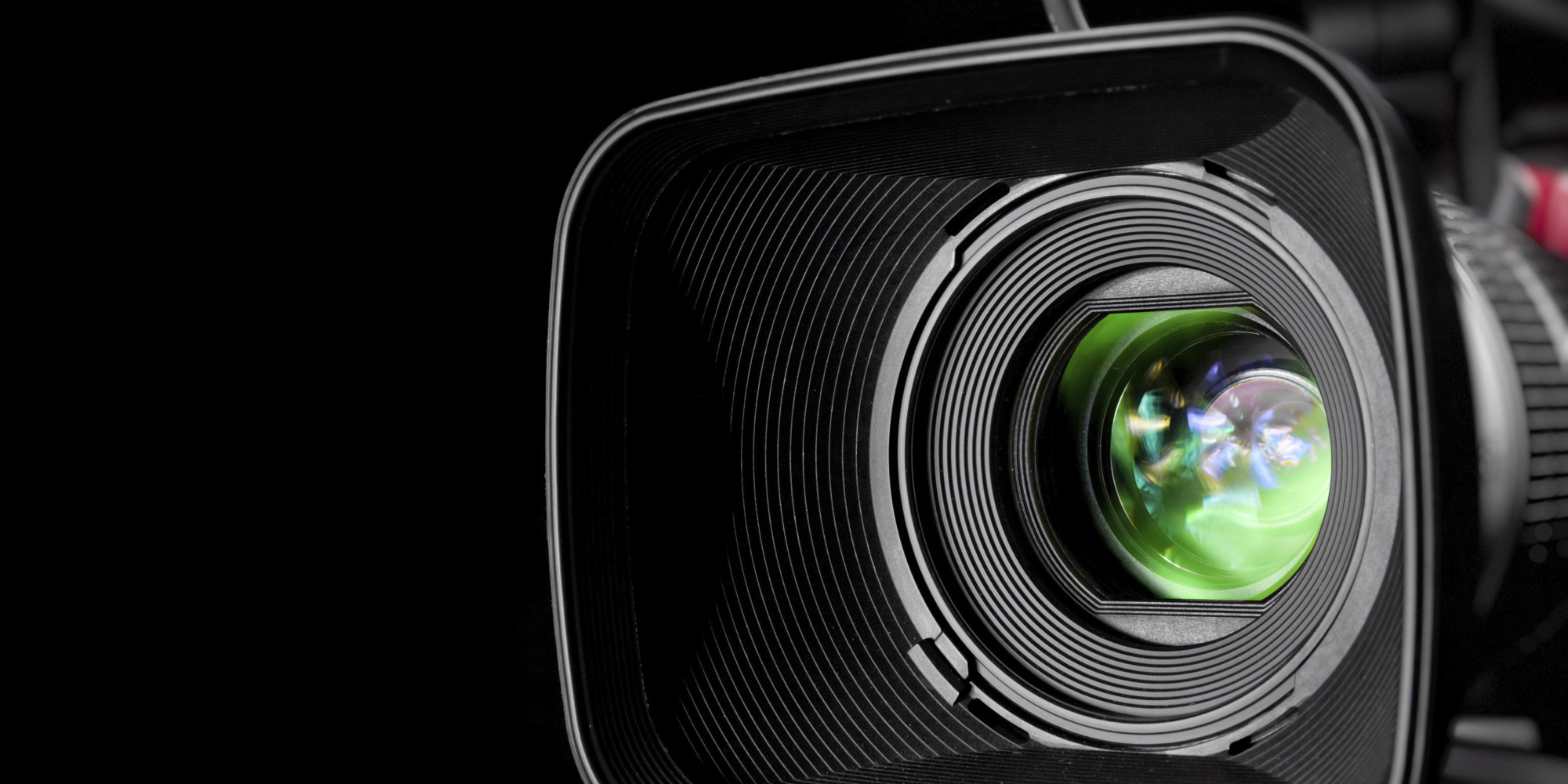

As a result, lower-megapixel cameras tend to do a better job in low-light conditions. To get a higher count on a sensor, manufacturers use smaller pixels that can struggle to collect light in dark environments. However, this doesn’t mean that more megapixels are always better. The more pixels, the higher the resolution. This spec refers to the number of pixels on the camera’s sensor. In short, a megapixel is one million pixels. Megapixels (MP) can be a confusing specification with digital cameras since camera manufacturers rarely take the time to explain what they are.

Different brands and models have different positions for common buttons, so try out a few to see what feels comfortable. Nearly all settings can be controlled through menus on a touchscreen if the camera has an LCD panel on the back. Most cameras have physical controls for common features and settings like shutter speed. Mirrorless cameras, as the name suggests, are much slimmer since they use an electronic shutter instead.Ĭontrols: The control interface of a camera is made up of physical buttons and/or switches and an LCD screen. DSLR cameras are bulkier because they use a traditional mirror for the optics. If you plan to shoot in snow or other challenging weather conditions or just want a higher-end camera, a true DSLR or mirrorless body is a better choice. Smaller point-and-shoot cameras are great for travel if durability isn’t a big priority. Size: The size of the body affects many things about a camera, including the sensor size, lens type, portability, and durability.

The design of the camera’s body influences how comfortable it is to use and what kind of control layout you can expect. Bodyĭigital cameras have become more varied and complex in design as DSLR and mirrorless styles have become popular. Given the larger size, most full-frame cameras are bigger and more expensive. This creates images with the same detail and depth of field as film cameras. One-inch sensor: This sensor is common in point-and-shoot cameras, but the view captured is smaller than with other sensors.ĪPS-C: The APS-C (Advanced Photo Sensor) is somewhat larger than one inch, which is why typical DSLR cameras use at least this size.įull-frame sensor: Full-frame cameras use a 35mm sensor, the same size as traditional 35mm film. Most digital cameras use a one-inch sensor or an APS-C. This size also affects the camera’s depth of field, meaning images shot with a smaller sensor appear closer, as if zoomed in. The size of this sensor determines how much of a view the camera can capture. Key considerations Sensor sizeĪ digital camera uses a built-in sensor that collects light to make a digital picture. You can find shotgun microphones that fit into the camera’s hot shoe, so you can carry it on the camera and not take up extra space. If you use a DSLR camera for video recording, invest in a good microphone for audio, too. But if you want something more capable or professional, larger DSLR and mirrorless cameras will be a better investment. Smaller point-and-shoot cameras are ideal for travel. To find the right camera, you’ll want to think about the size and the capabilities you need out of it. Sure, just about every mobile device in your home features a camera that can snap a decent photo, but if you use a digital camera, its optical zoom, improved flash photography, and larger image sensor will take your pictures to a whole new level. A good digital camera can be a great purchase for unlocking your creativity, exploring the world around you, and even making a living.Įven if you know that you will get superior photos with a dedicated digital camera, with so many makes and models on the market, how in the world do you even begin to compare them? The ability to capture a moment in pixel-perfect glory is important, but there are plenty of other factors to consider, such as video recording, WiFi, and touchscreen options.


 0 kommentar(er)
0 kommentar(er)
